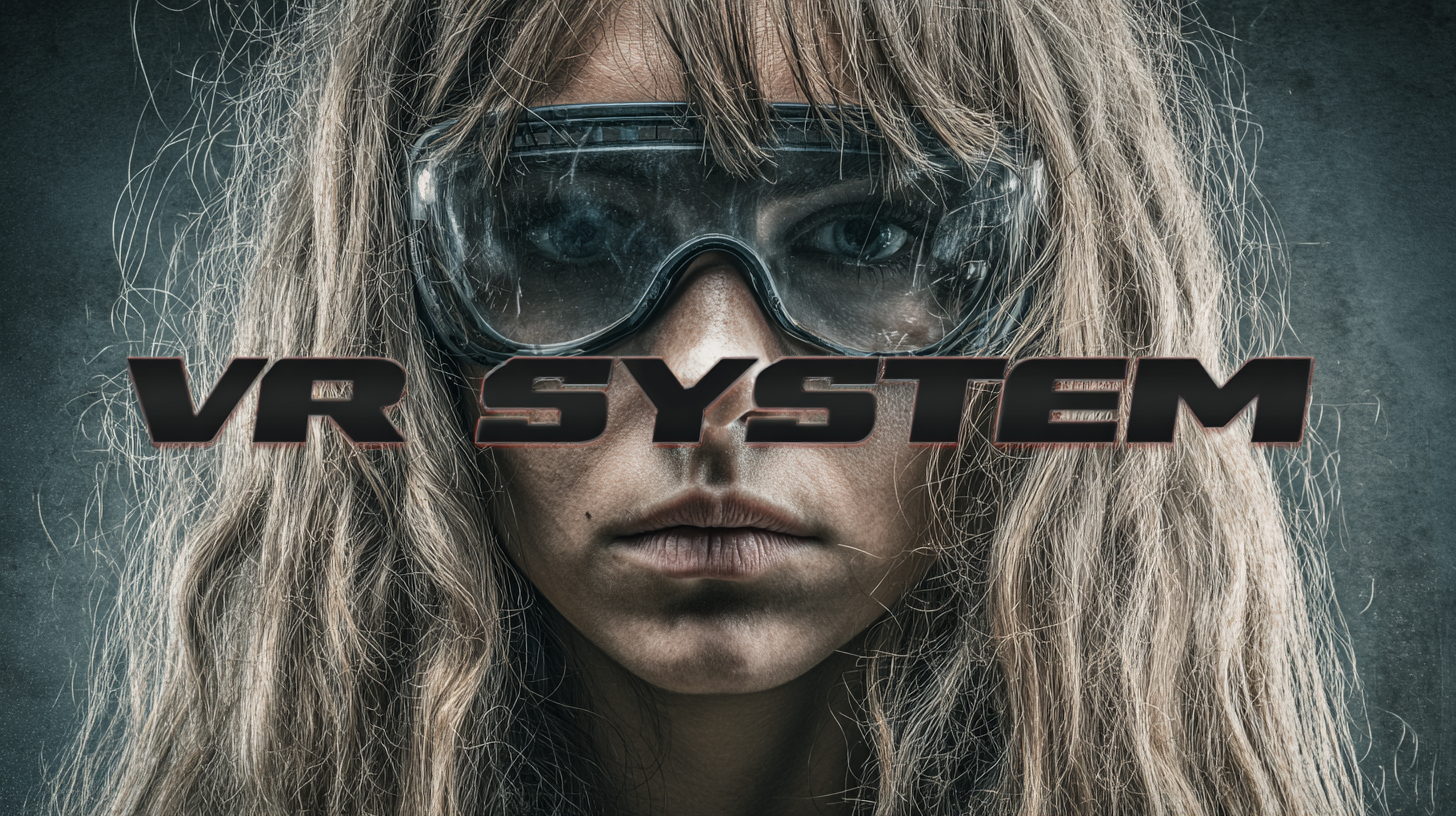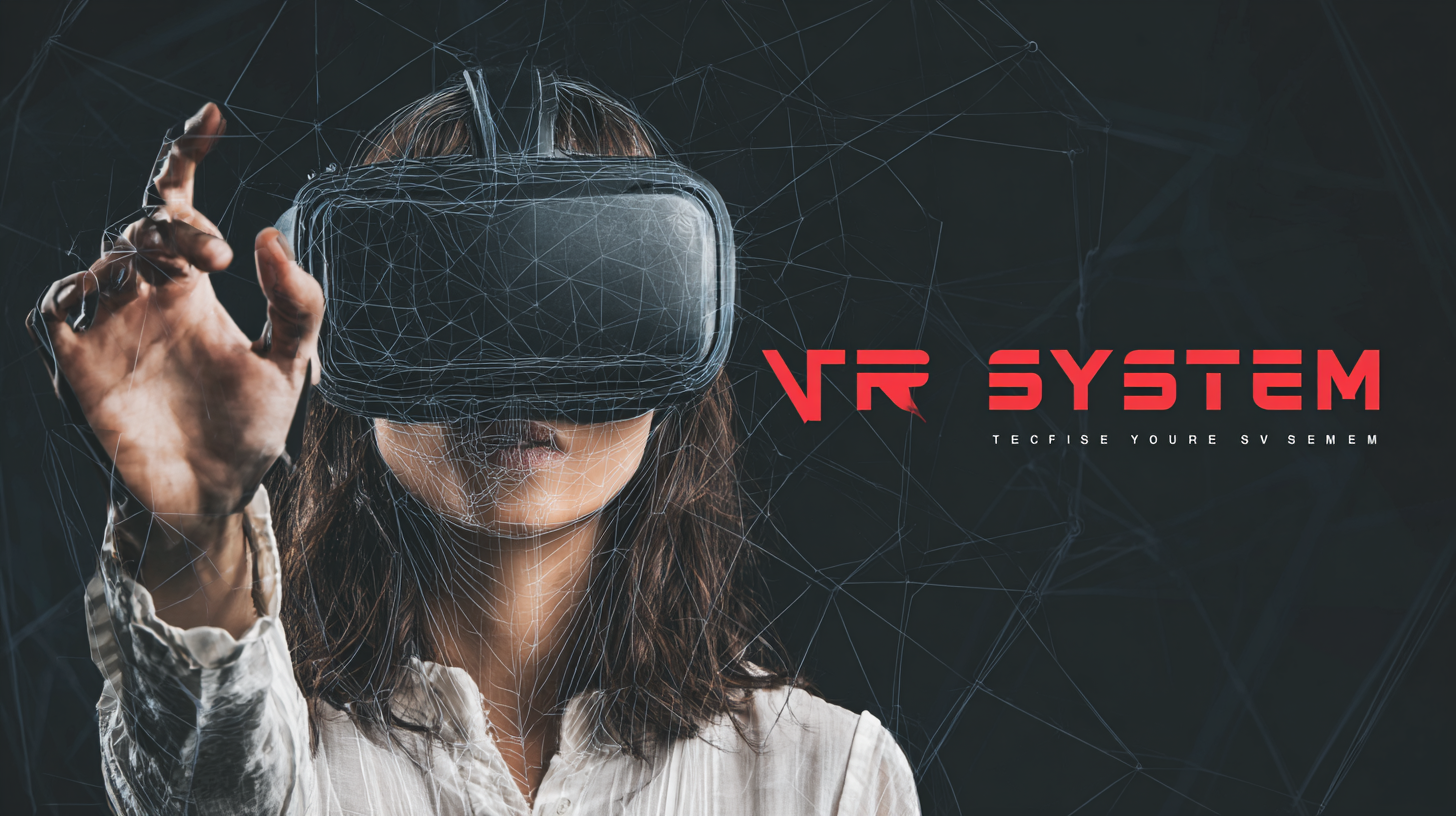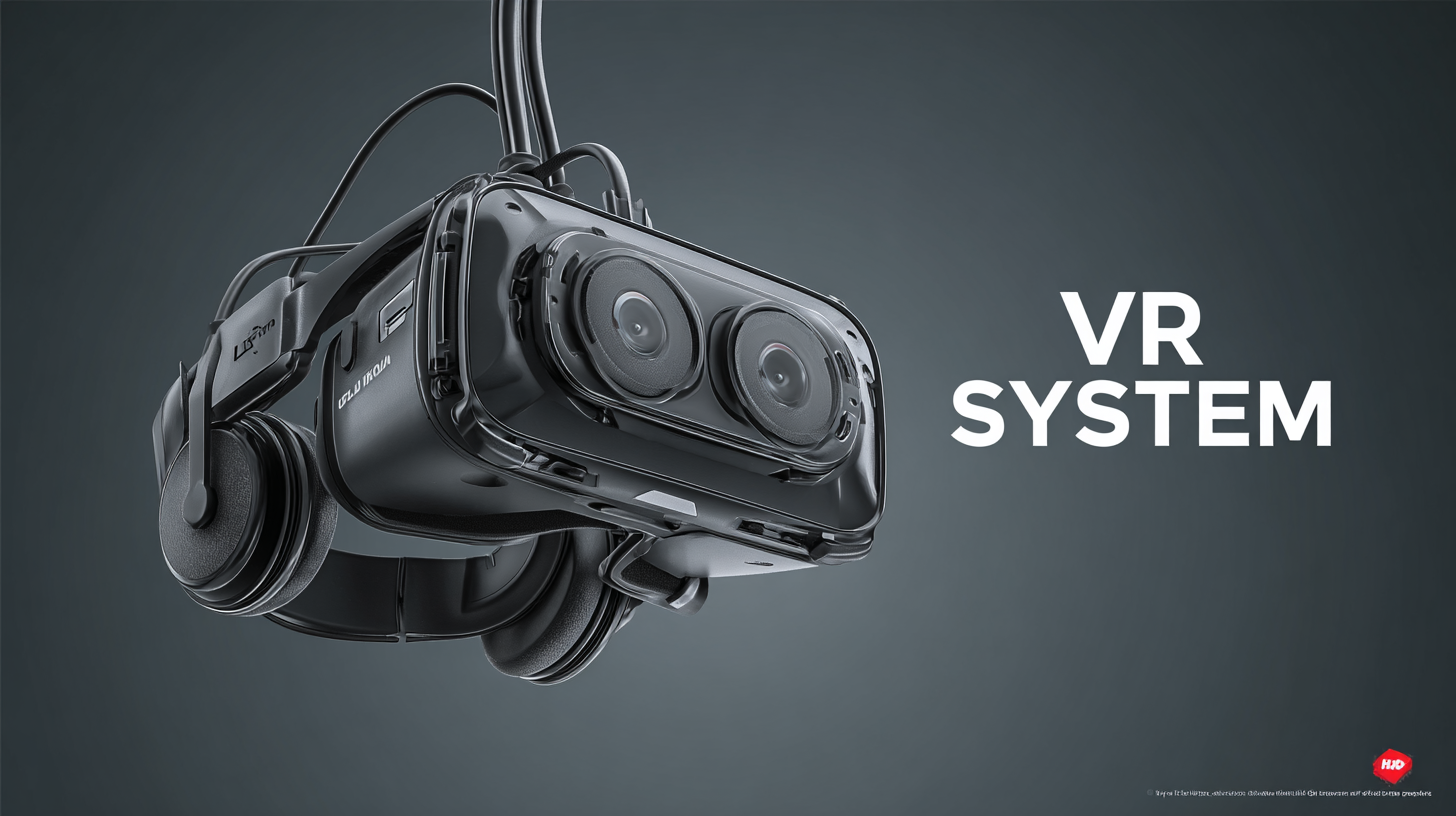In the rapidly evolving landscape of technology, Virtual Reality (VR) systems are transforming the way businesses operate and engage with customers. As companies increasingly seek innovative solutions to enhance productivity, training, and customer experiences, selecting the right VR system becomes crucial. This ultimate guide delves into the multifaceted benefits of various VR types, from immersive training environments to interactive marketing tools. By understanding the unique features and advantages of different VR systems, businesses can make informed decisions that align with their specific needs and goals. Whether you're looking to improve employee skillsets, create engaging customer interactions, or streamline operations, choosing the right VR system can significantly impact your bottom line and future growth. Join us as we explore essential considerations and insights to help you navigate the world of VR technology for your business success.

When selecting a VR system for your business, it's essential to first identify your specific needs to maximize the technology's potential. According to a recent study by Markets and Markets, the virtual reality market is projected to grow from $6.1 billion in 2020 to $20.9 billion by 2025, demonstrating the increasing importance of VR across various industries. Whether you're in training, customer engagement, or product design, defining the primary use cases will guide your selection process.
Key considerations should include ease of use, software compatibility, and hardware specifications. For instance, research from PwC indicates that 78% of employees in training programs using VR feel more engaged compared to traditional methods, making user-friendly systems crucial for adoption. Furthermore, understanding the necessary hardware capabilities is vital—if your business demands high-resolution graphics or multi-user interactions, investing in high-end systems like the Oculus Quest Pro or HTC Vive Pro might be worthwhile. Balancing these factors with your budget will help ensure you select a VR solution that meets your business goals effectively.
The demand for virtual reality (VR) in various industries is on the rise, driven by emerging market trends that showcase its vast potential. The global VR/AR market is projected to reach approximately $124 billion in the United States by 2029, highlighting the growing adoption of immersive technologies across sectors. Notably, the augmented reality and virtual reality market, valued at $66.41 billion in 2023, is expected to expand to an impressive $126.09 billion by 2032, indicating a robust compound annual growth rate (CAGR) of 25.2%.
Additionally, the head-mounted display market is forecasted to surge from $10 billion in 2024 to an astonishing $1.7 trillion by the end of 2037, reflecting an extraordinary CAGR of 47%. This rapid growth can be attributed to industries such as healthcare, gaming, and education, where VR is transforming user experience and operational efficiency. As businesses seek to integrate VR systems into their operations, understanding these market dynamics becomes essential for making informed decisions regarding technology investments.
 When considering a virtual reality (VR) system for your business, the delicate balance between cost and quality is paramount for maximizing your return on investment (ROI). Investing in VR technology can represent a significant financial commitment, so understanding your business needs is crucial. High-quality VR systems typically offer superior graphics and immersive experiences, which can enhance training, improve client presentations, or enhance product development. However, the best choice isn't always the most expensive one; sometimes, mid-range products can deliver the functionality and performance needed without breaking the bank.
When considering a virtual reality (VR) system for your business, the delicate balance between cost and quality is paramount for maximizing your return on investment (ROI). Investing in VR technology can represent a significant financial commitment, so understanding your business needs is crucial. High-quality VR systems typically offer superior graphics and immersive experiences, which can enhance training, improve client presentations, or enhance product development. However, the best choice isn't always the most expensive one; sometimes, mid-range products can deliver the functionality and performance needed without breaking the bank.
To achieve maximum ROI, businesses must assess their specific requirements against the capabilities of different VR systems. A thorough cost-benefit analysis can help identify systems that align with the organization's goals. For instance, a business focused on employee training may prioritize robust interactive features, while a marketing firm may seek high-resolution visuals for presentations. By weighing the trade-offs associated with lower-cost options against potential quality compromises, businesses can make informed decisions that not only fit their budgets but also support long-term growth and innovation in a rapidly evolving technological landscape.
When selecting a Virtual Reality (VR) system for your business, compatibility with existing infrastructure is paramount. Ensuring that your new VR technology integrates seamlessly with your current hardware, software, and network configurations can significantly enhance the efficacy of your investment. A well-matched VR system can streamline processes, avoiding the disruptions that come with incompatible tools.

Tip: Before making a purchase, conduct a thorough audit of your existing technology stack. Evaluate current devices, software applications, and network capabilities to understand compatibility requirements. This assessment will help you identify the features you need from your future VR system, ensuring a smooth transition.
Moreover, consider the scalability of the VR solution you are selecting. A compatible system should not only work with your current infrastructure but also be adaptable as your business grows. Ensure the VR system you choose can accommodate additional users, enhanced software applications, or even future hardware upgrades.
Tip: Engage with vendors that offer modular systems or forward-compatible technology. This will provide flexibility and ease of integration, making it simpler to evolve your VR capabilities without extensive overhauls to your existing setup.
As businesses increasingly integrate virtual reality (VR) systems into their operations, it's essential to consider long-term trends that can future-proof your investment. According to a report by Statista, the global VR market is projected to reach $44.7 billion by 2024, driven by advancements in technology and a growing demand for immersive experiences across various industries, including training, entertainment, and healthcare. Considering these trends allows companies to choose VR systems that not only meet their current needs but also adapt to future developments.
Another vital factor is the shift towards more user-friendly and interoperable VR systems. A survey by Deloitte reveals that 50% of companies investing in VR expect to see significant improvements in employee productivity and training outcomes. As VR technology evolves, ensuring compatibility with existing software and hardware will be crucial. Businesses should look for solutions that support cross-platform capabilities and incorporate popular industry standards. By evaluating these trends, organizations can secure a VR investment that remains relevant and effective for years to come, enhancing user adoption and maximizing return on investment.
| Feature | Importance | Recommended VR Type | Future Trends |
|---|---|---|---|
| Resolution | High | PC VR | Higher pixel densities |
| Field of View | Medium | Standalone VR | Expanding FOV capabilities |
| Comfort | High | Mixed Reality | Ergonomic designs |
| Tracking Technology | Very High | Room-scale VR | Advancements in inside-out tracking |
| Content Availability | High | All platforms | Increased content libraries |
